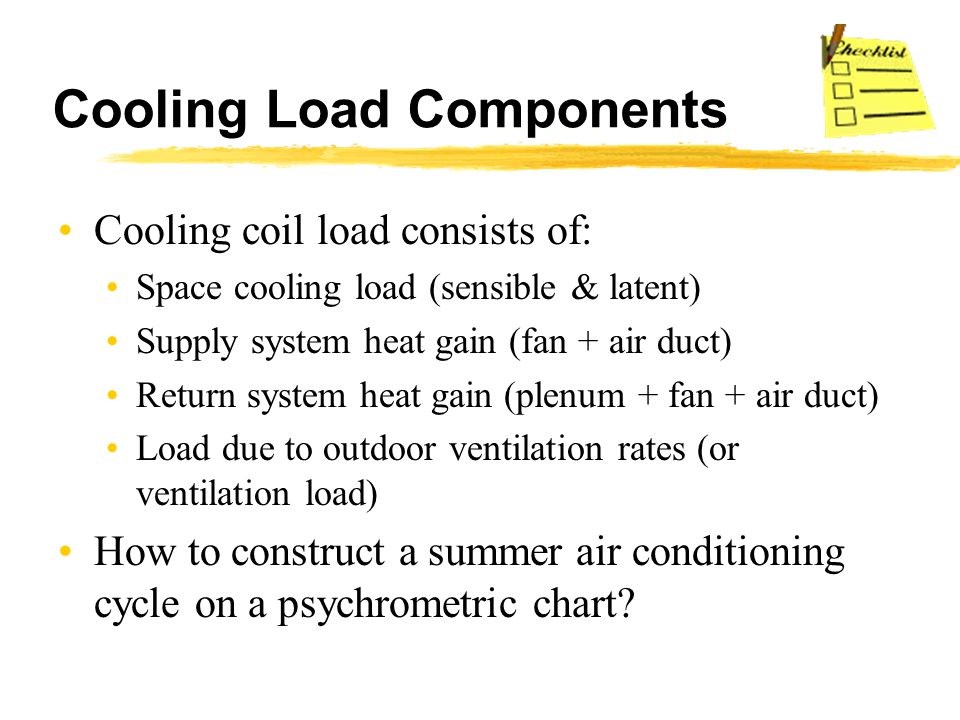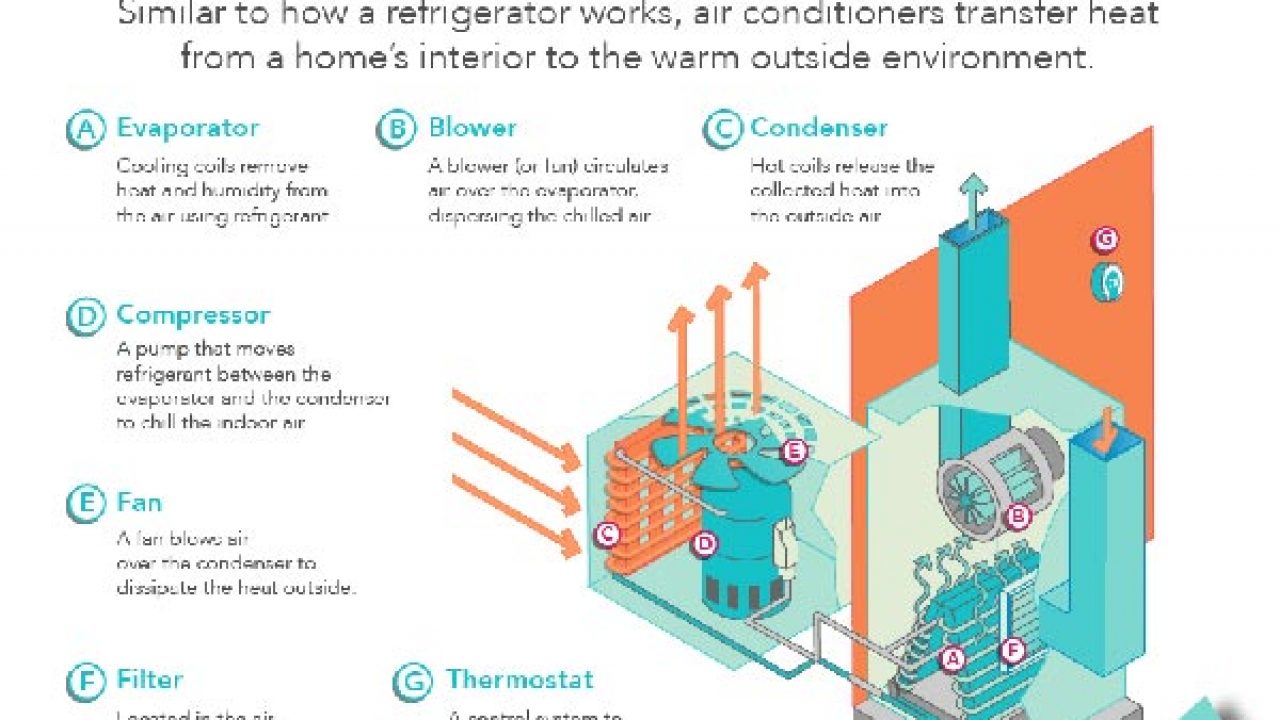Portable air conditioners operate like any other type of portable air conditioner whether it’s central air conditioning units or a window-mounted portable air conditioner. Chemical refrigerants flows through a complex network of tubes that are coiled and absorbs the heat in from within. By means of an exit pipe the heat escapes outwards. This model is great for outdoor pursuits like camping, RV, boating among other things.

Portable air conditioners work great for cooling your body. They can even reduce symptoms like allergies or asthma. BTU, or British Thermal Unit is the popular name used for portable air conditioner. BTUs are British Thermal Units. The higher the BTU rating, the cooler the machine will be. Every portable unit has a particular cooling capacity. This is determined by the size of the cooling unit is, what the BTU rating is, and the refrigerant of high quality.
There are some basic factors that need to be considered when purchasing an air conditioner for portable use: * The Heat Gain Factor – This refers to the speed with which the warm air is moved out of a small room. The process of heat conduction involves the cooling and movement of hot air into bigger spaces. Portable air conditioning units with an impressive heat gain capability perform better than those with less heat conduction.
• Cooling stage: ACs equipped with multiple cooling stages are more efficient than units that have only one or two cooling stages. Portable air conditioners with most efficient cooling capacities are required to have at least four stages. The best models can cool a room at speeds of up to 12 hours an hour. An AC is required to have twelve hours of service per day. If you want the most efficiency in cooling then you should purchase an AC that features four stages.
But If you plan to use your cooling unit occasionally in order to keep your room cool and comfortable, you can opt on an AC that has only two stages. * EER Rating- This indicates the efficiency of air conditioners. It measures the degree of airflow utilized by every room.
Higher EER ratings facilitate better extraction of air and more rapid cooling. This means more space for humidity. On the other hand, those with lower EER ratings tend to run harder, use more electricity and produce more sound. The indoor air conditioner which features a high EER rating will be ideal for environments with high humidity, and will be ideal for people with mold allergies.
* Dual-TPAC , a portable air conditioner that has a dual-tasking feature is believed to be to be the most efficient portable air conditioner. It is a dual-purpose unit. It dehumidifies and cools, and the second is that it warms. A dual-TPAC unit is best if you want to heat large areas as well as cool it. * Refrigeration Cycle: The refrigerator freezer is a common option for AC installers that need to chill and warm a room fast.
However, the drawback is that it runs in a cold cycle. The warmer air is ideal when spaces need to cool quickly. A majority of portable AC units equipped with chillers come with a refrigeration cycle which is powered by a hot water circuit. To determine the best single-hose air conditioner you can get for your particular unit, look up the refrigeration cycle and compare it to that of the water-cycle with cold. * Ductless :
There are two kinds of ductless air conditioners: evaporative and wet/dry. For areas where condensation is a problem, the ductless units are perfect. Evaporative units are built to cool humid areas, while dry conditioners can cool those areas with too much moisture. They don’t come with air ducts, so they don’t need to be cleaned more frequently than evaporative units.

